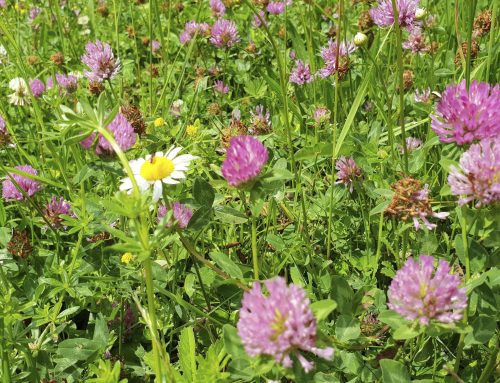Prefer to Combat Spring Pests Naturally?

As temperatures rise and daylight hours extend, spring heralds new growth and vitality in fields, gardens, and lawns. However, this season also awakens a variety of pests that can damage crops and domestic lawns alike. Whether you’re a farmer managing large-scale production or a homeowner aiming for a pristine lawn, pest control is a key consideration. But should you opt for chemical pesticides or take a natural approach? Let’s explore the pros and cons of both.
Chemical Pesticides: Efficiency vs. Environmental Impact
Chemical pesticides have long been the go-to solution for large-scale pest control in agriculture and lawn maintenance. Their effectiveness in rapidly reducing pest populations is undeniable, making them a preferred choice for farmers and gardeners dealing with severe infestations.
Pros:
- Fast-acting: Chemical pesticides deliver immediate results, quickly reducing pest numbers.
- Broad-spectrum: Many formulations can target multiple pests at once, simplifying management.
- Reliable and proven: Extensive testing ensures consistent performance.
- Cost-effective for large-scale farming: When managing extensive fields, chemical treatments can be more economical.
Cons:
- Environmental concerns: Many chemical pesticides harm beneficial insects, pollinators, and soil health.
- Resistance build-up: Over time, pests can develop resistance, requiring stronger or more frequent applications.
- Health risks: Exposure can pose risks to humans, pets, and wildlife.
- Residue concerns: Chemical residues may persist in soil, water, and food crops.
Natural Pest Control: A Sustainable Alternative
For those seeking a more environmentally friendly solution, natural pest control methods are gaining popularity. These include biological controls, organic-approved treatments, and cultural practices that deter pests naturally.
Pros:
- Eco-friendly: Supports biodiversity and maintains soil health.
- Safer for humans and animals: Reduces the risk of exposure to harmful chemicals.
- Sustainable: Encourages a balanced ecosystem rather than disrupting it.
- Reduced resistance issues: Pests are less likely to develop immunity to natural deterrents.
Cons:
- Slower results: Natural methods often take longer to reduce pest populations.
- More effort required: Biological controls and organic treatments require regular monitoring and maintenance.
- Limited effectiveness on large scales: Some natural solutions may not be viable for extensive agricultural use without supplementary control methods.
Choosing the Right Approach for Your Needs
- For Farmers: An integrated pest management (IPM) approach combining both chemical and natural solutions may be most effective. Rotating crops, using beneficial insects, and applying targeted chemical treatments can provide balance.
- For Domestic Lawns: Encouraging natural predators like ladybirds, using neem oil or garlic-based repellents, and maintaining healthy soil can help prevent infestations without harsh chemicals.
Final Thoughts
Both chemical and natural pest control methods have their place in agriculture and lawn care. The key is to assess your specific needs, considering environmental impact, cost, and long-term sustainability. Whether you opt for organic deterrents or selective chemical treatments, spring pest control is crucial to ensuring a productive season ahead.


